News
-
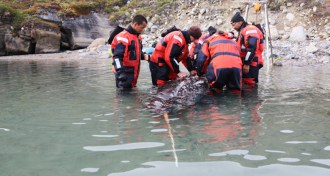 Animals
AnimalsHere’s what narwhals sound like underwater
Scientists eavesdropped while narwhals clicked and buzzed. The work could help pinpoint how the whales may react to more human noise in the Arctic.
-
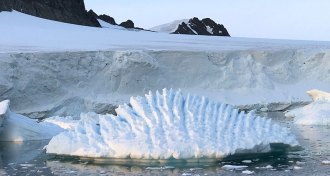 Climate
ClimateAntarctica has lost about 3 trillion metric tons of ice since 1992
Antarctica’s rate of ice loss has sped up since 1992 — mostly in the last five years, raising global sea level by almost 8 millimeters on average.
-
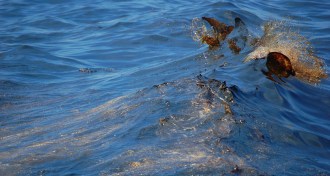 Environment
EnvironmentSunshine is making Deepwater Horizon oil stick around
Sunlight created oxygen-rich oil by-products that are still hanging around eight years after the Deepwater Horizon spill.
-
 Astronomy
AstronomyThe sun shrinks a teensy bit when it’s feeling active
The radius of the sun gets slightly smaller during periods of high solar activity, researchers say.
-
 Health & Medicine
Health & MedicineKids with food allergies are twice as likely to have autism
Children with food allergies are more likely to have autism than kids without, a study finds. But that doesn’t mean a child will develop the disorder.
-
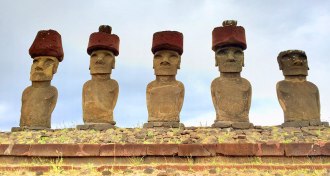 Archaeology
ArchaeologyThis theory suggests few workers were needed to cap Easter Island statues
A small workforce may have put huge stones on the heads of Easter Island statues.
By Bruce Bower -
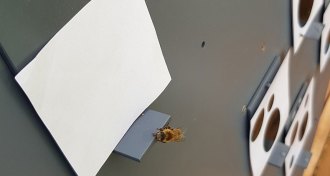 Animals
AnimalsBees join an exclusive crew of animals that get the concept of zero
Honeybees can pass a test of ranking ‘nothing’ as less than one.
By Susan Milius -
 Planetary Science
Planetary ScienceCuriosity finds that Mars’ methane changes with the seasons
The Curiosity rover found seasonally changing methane in Mars’ atmosphere and more signs of organic molecules in an ancient lake bed.
-
 Genetics
GeneticsWhy using genetic genealogy to solve crimes could pose problems
Rules governing how police can use DNA searches in genealogy databases aren’t clear, raising civil rights and privacy concerns.
-
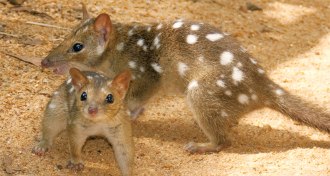 Animals
AnimalsIn a conservation catch-22, efforts to save quolls might endanger them
After 13 generations isolated from predators, the endangered northern quoll lost its fear of them.
-
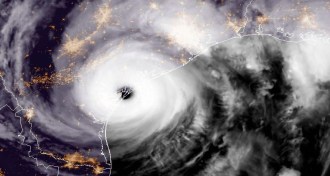 Climate
ClimateTropical cyclones have slowed over the last 70 years
Tropical cyclones are moving 10 percent slower, on average, than they did in the mid-20th century, potentially making them more dangerous.
-
 Particle Physics
Particle PhysicsIf real, dark fusion could help demystify this physics puzzle
Fusing dark matter particles might explain why galaxy cores have evenly distributed dark matter.